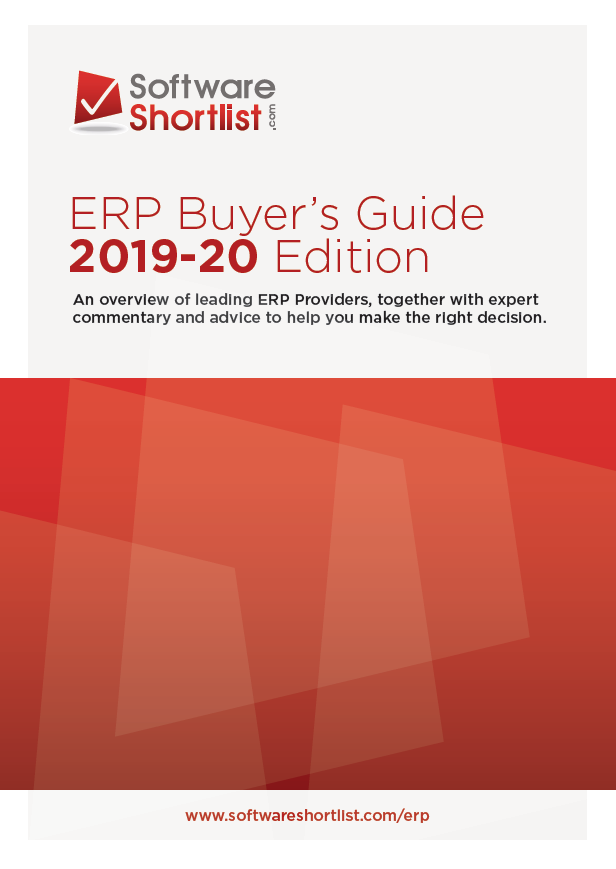The term ERP is frequently bandied about in business circles, often with knowing nods and a rolling of the eyes, but just what does the acronym stand for, what does it describe, and for what type of business is it appropriate?…Sourya Biswas explores…
He who fails to plan is planning to fail.
– Winston Churchill (1874-1965), iconic statesman and world leader.
First, let’s get the obvious out of the way – the straightforward answer to the question, “What is ERP?” is “Enterprise Resource Planning.” However, these three words cover a lot of ground in helping organizations do business. And by organizations, I mean not only corporations but governments and non-profits as well.
An ERP system brings together information from all corners of an organization – Finance, Manufacturing, Service, Sales, Marketing, Human Resources, Customer Relationship, etc. – to improve efficiencies and effectiveness through optimal usage of resources, better planning, faster decision-making and eliminating redundancies.
For example, an ERP system may be responsible for tracking inventory in Manufacturing, maintaining accounts in Finance, monitoring campaigns in Marketing, procuring materials in Supply Chain Management, and much more. In other words, a single ERP system can replace the traditional paradigm of individual standalone systems for the different business functions that don’t communicate well with one another. In this way, ERP systems transcend functional boundaries in organizations.
The whole is more than the sum of its parts.
– Aristotle (384 BC-322 BC), celebrated Greek philosopher.
While an ERP system in its entirety is beneficial to the entire organization, it can be disaggregated into modules that support different business functions. Some of the common modules in a typical ERP system are:
- Finance
- Human Resources
- Sales & Marketing
- Supply Chain Management
- Customer Relationship Management
These individual modules can be combined or decomposed, through ERP customization, depending on organizational needs.
All animals are equal, but some animals are more equal than others.
– From Animal Farm by celebrated novelist George Orwell (1903-1950)
While ERP systems are, as a whole, beneficial for organizations, they come in different sizes and levels of complexity. Accordingly, ERP systems and their vendors are categorized into tiers.
Tier 1 vendors sell ERP systems are typically those that are used by global corporations with annual revenues in excess of $1 billion. Such systems are more complex, provide greater functionality, need higher numbers of trained personnel and have higher cost of ownership. Tier 1 vendors are likely to offer global support to their clients. SAP, Oracle and Microsoft are considered Tier 1 vendors in the ERP space.
Tier 2 ERP vendors mainly serve mid-market businesses, with revenues from $50 million to $1 billion. Their products are of medium complexity and functionality, and have lower ownership costs than their Tier 1 counterparts. Often they are focused on individual industry verticals, whereas Tier 1 products are broad-based. Fujitsu, Epicor, Ramco and Sage Software are some Tier 2 ERP vendors.
Tier 3 vendors sell ERP systems that are designed for small companies that have annual revenues from $10 million to $50 million. Such systems have the least complexity and costs of ownership; at the same time, their broader functionality is also much lower. However, they often have greater focus on individual industry verticals. Expandable, NetSuite and Syspro are some examples of Tier 3 vendors.



